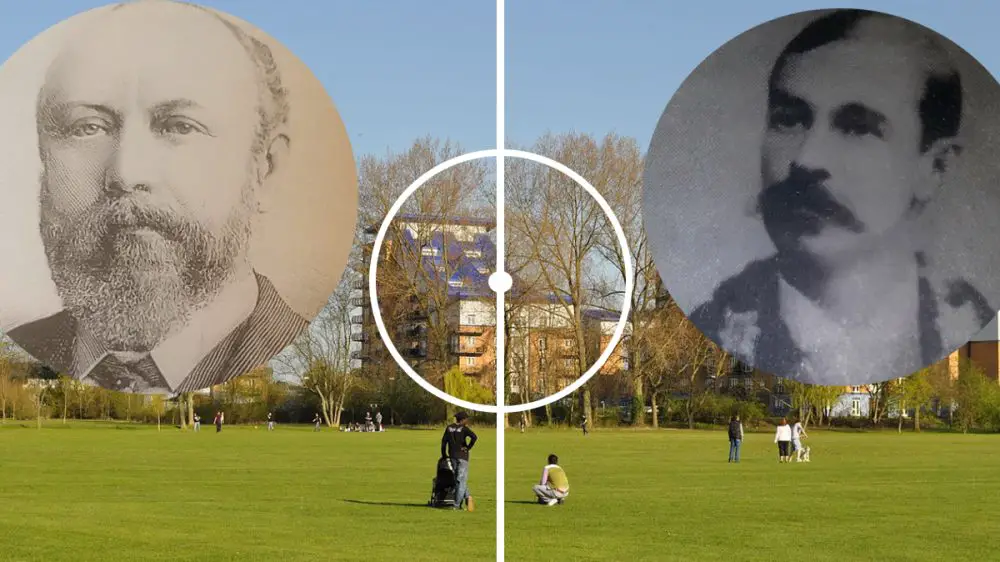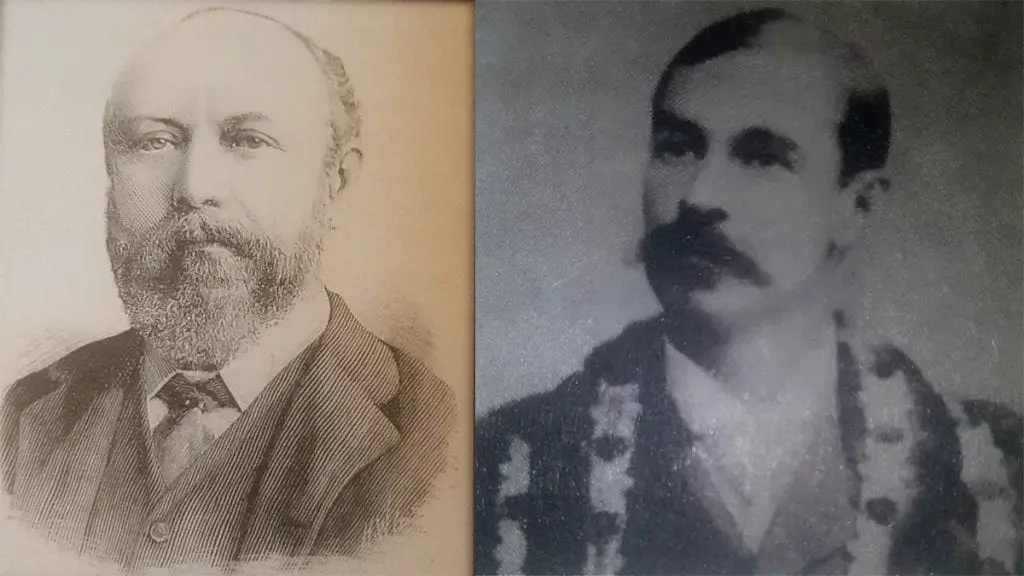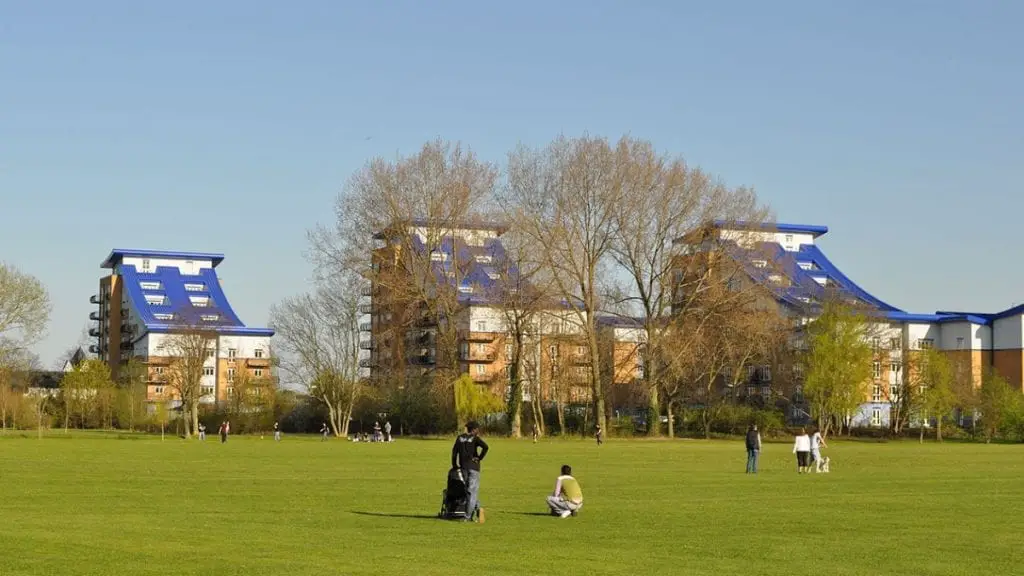
November 1877. A time with no Twitter, no Instagram, Snapchat or Facebook. No Live Score apps. No Sky Soccer Saturday. Not even Grandstand. Teletext would be the glint-in-the-eye of the grandchild of someone born in Victorian Britain.
So for anyone with an enthusiasm for the rather young sport of Association Football, if you could not attend the match at least you could pick up the local paper to find out the score the following week? Or better still, ask one of the players or spectators. Right? Well, certainly in the case of a fixture which took place in Berkshire on Saturday 3rd November, you’d be wary of believing what was written or what you were told.
On that day, Reading FC were to face Maidenhead FC. The match was ‘only’ a friendly, but back in them days there were no such things as ‘league matches’. The men from the Biscuit Town and their East Berkshire opponents were to be Southern League joint-founders by 1894, some six years after the EFL was inaugurated. But in 1877, other than local pride there was ‘just’ the FA Cup to play for – and that was a competition in which Reading FC were yet to kick a ball. The Berks and Bucks Senior Cup was to come along the following season, giving local clubs the chance to lift some silverware and boost the ego of their respective towns. But in November 1877 RFC faced MFC purely for the sporting spectacle.
Maidenhead were perhaps the more established and certainly the older of the two clubs. Maidenhead had competed in the FA Cup since its first ever season and – having decided not to enter in 1876/77 – they warmed up for the short train trip west by defeating Reading FC’s town rivals Reading Hornets by ten goals to nil at York Road in their return to FA Cup action the previous Saturday. All set then for another tightly contested match between the two Berkshire giants. So what was the outcome? I am afraid that we cannot be certain.

If you ask Reading FC historian and When Saturday Comes contributor Roger Titford, he will tell you that Reading won 1-0. Albeit Titford concludes, having researched local Reading newspapers of the time, in his excellent book ‘The Lost Years of Reading FC’ that “(former Hornets captain, Gilbert) Sillence’s goal was disputed for offside”. So much was it disputed over in the Royal Borough that if you dig into the statistical masterpiece which is Magpies historian Mark Smith’s magnum opus, ‘One For Sorrow, Two For Joy’, the outcome is recorded as a goalless draw.
So how did the Referee see it? Well, there is the rub – there was no Referee. Rather, there were two Umpires who officiated this match played on the South Bank of the Thames at muddy King’s Meadow, a long goal-kick away from Reading station. For Reading, Mr John Martin Umpired. Martin, an occasional player and stalwart official who would announce at the end of the season a move for the Reading club to adjacent but enclosed Reading Cricket Ground, disagreed with his opposite number about the merits of the ‘goal’. His colleague, Mr Joseph H. Clark, Maidenhead President was Umpire at the 1873 FA Cup final no less as well as vice-Chair of the Football Association. There can be little doubt as to the integrity of both respected Umpires, but they could not agree on the disputed goal. Reading claimed it counted, Maidenhead had other ideas. Indeed, the following week’s Maidenhead Advertiser stated with certainty “one (goal) was kicked by Reading during the game but it was disputed as offside and eventually disallowed”.

Still, there would be no lingering ill-feeling in those gentler days between two genuine local rivals. The clubs remained regular opponents on their respective fixture calendars until the Southern League was founded in 1894 – Reading joining Division 1, Maidenhead Division 2. Maidenhead had resigned by 1902 and reverted to playing county league football to reduce their costs. Reading joined the Football League in 1920. There have been precious few fixtures since between the two with the 1877 ‘dispute’ long forgotten by two clubs who now operate in very different spheres.
Football in Berkshire has a Breaking News WhatsApp Channel where we’ll send you updates on all the latest football news from the Royal County. You can join Breaking Berkshire Football News by clicking here.
